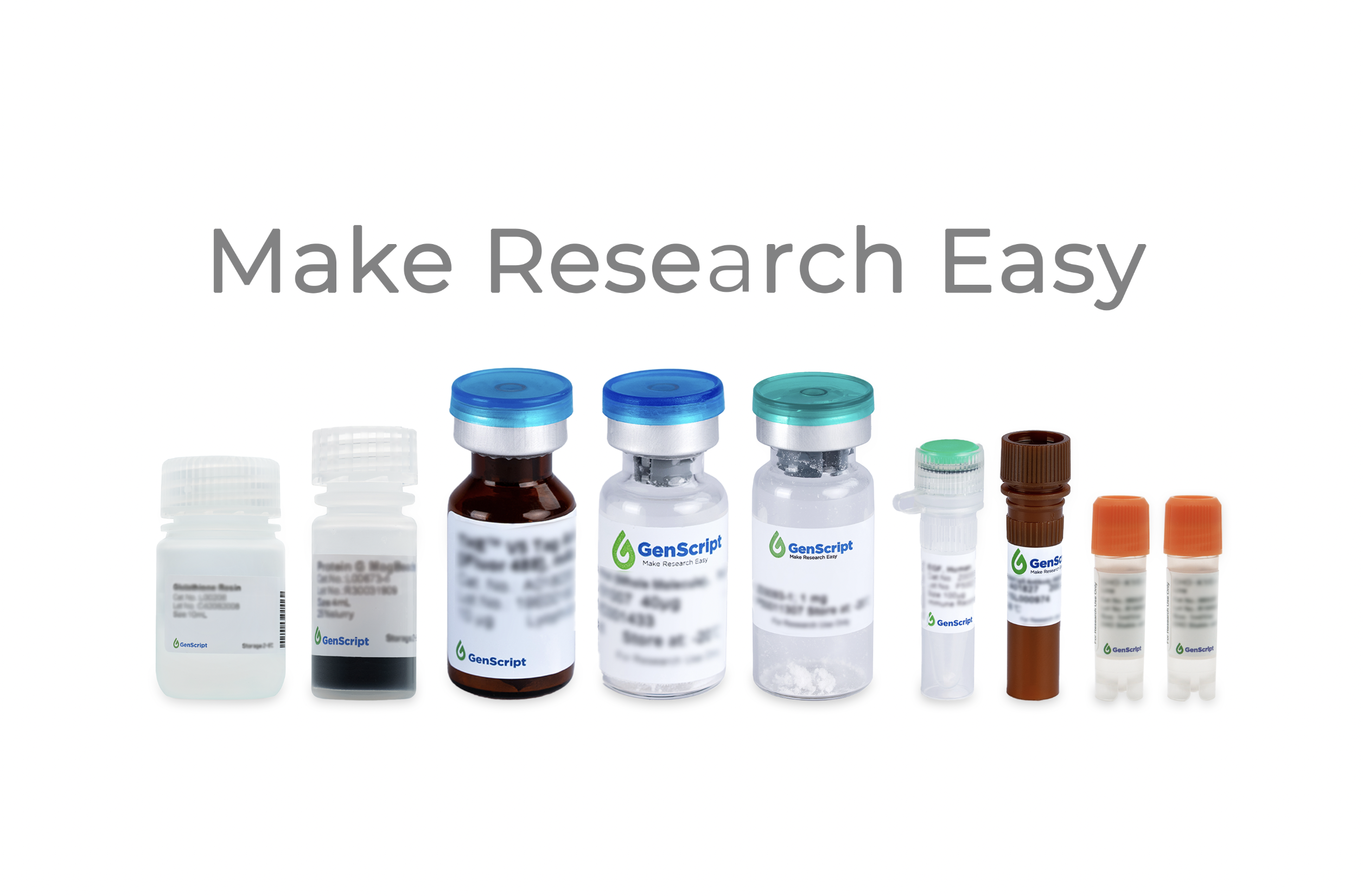PGLYRP1 hFc Chimera, Mouse
Innate immunity protein Tag7 (PGRP-S, PGLYRP1) can interact with the TNFα receptor, TNFR1, and block the transduction of apoptotic signals through this receptor. A complex formed between the Tag7 protein and the major heat shock protein Hsp70 can activate TNFR1 receptor and induce tumor cell death via either apoptotic or necroptotic pathway.
| ¥3300 | |
| Z06309-100 | |
|
|
|
|
|
|
|
|
|


































